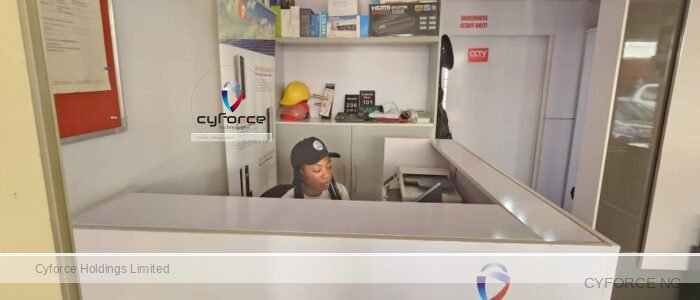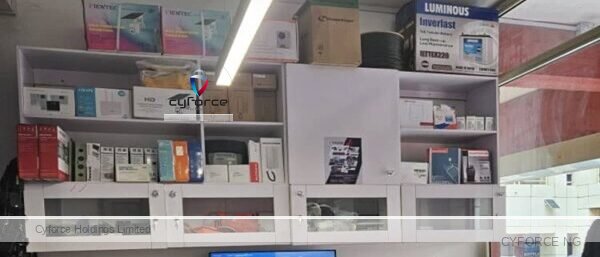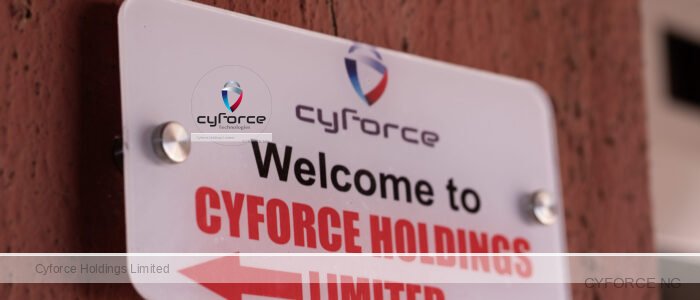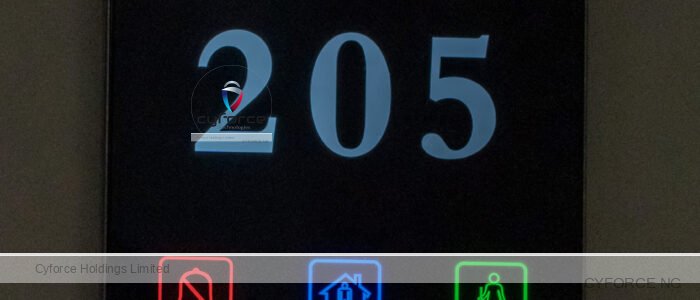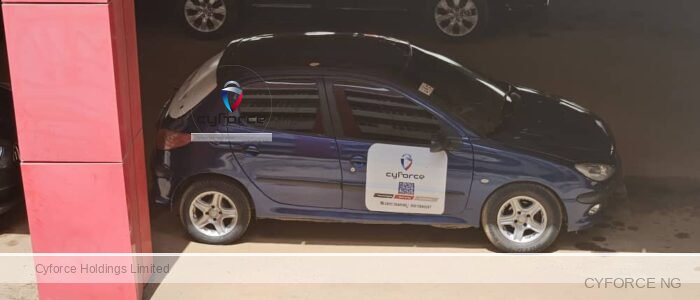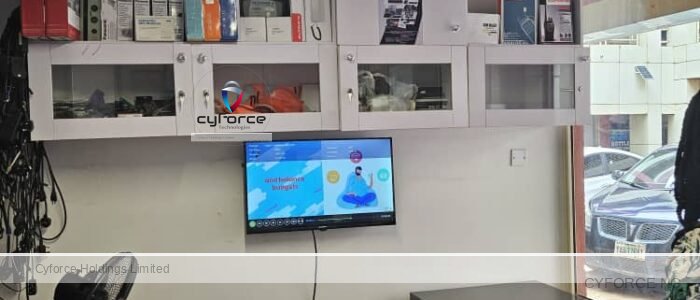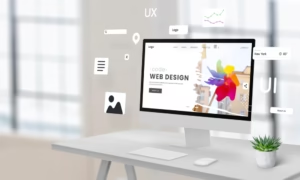
When was the last time you visited a company’s website and immediately felt like you could trust them? Chances are, the design played a big part in that feeling. It wasn’t just about the colors or the fancy logo, it was how the website guided you, gave you the right information, and made everything simple. That’s the real magic of web design, and today, it’s one of the most powerful tools any business can have.
For companies, whether you run a hotel, a retail store, a consulting firm, or a growing startup, your website is more than just an online brochure. It’s the face of your brand in the digital world, open 24/7 to potential customers. A poorly designed site can chase visitors away faster than a bad customer service experience, while a clean, user-friendly, and responsive website can turn curious visitors into loyal customers.
So, let’s talk about web design, why it matters, and how businesses can truly benefit from investing in it.
First Impressions Really Matter
You’ve probably heard the saying: “You never get a second chance to make a first impression”. Well, online, that impression happens within seconds. Studies show that people form an opinion about a website in less than 5 seconds! If your site looks outdated, cluttered, or hard to navigate, most visitors will simply leave and may never return.
Good web design ensures your brand is represented the right way. It communicates professionalism, reliability, and attention to detail. For example, a hotel website that loads quickly, shows high-quality images of rooms, and has a clear booking button immediately tells guests, ‘This is a place you can trust’.
It’s Not Just About Looks: It’s Also About Functionality
A common misconception is that web design is just about colors, fonts, and graphics. In reality, a well-designed website is about how everything works together. Your website’s synergy. From the layout of the homepage to how easy it is to find the contact page, web design is about user experience (UX).
Here are some areas where functionality is crucial:
- Navigation: Can visitors quickly find what they need? A hotel guest should find the booking page in two clicks or less.
- Mobile-friendliness: With over 60% of internet users browsing from smartphones, a mobile-optimized site is no longer optional.
- Speed: If a page takes too long to load, users drop off. Every second counts.
- Accessibility: A good website should be usable by everyone, including people with disabilities.
In other words, design is not just about what you see but about how it works.
Building Trust Through Design
Here’s something a lot of businesses underestimate: trust is visual. If your site looks broken, messy, or suspicious, people won’t take the risk of sharing personal details or making a purchase. On the other hand, a professional design reassures visitors that you’re credible.
Simple touches like having an SSL certificate (that little lock icon on the browser), using clear calls-to-action (e.g. Book Now or Get a Quote), and keeping consistent branding across pages all help build trust.
Think about it, would you hand over your credit card details to a website that looks like it hasn’t been updated since 2004? Exactly.
SEO and Web Design Go Hand-in-Hand
Another overlooked benefit of good web design is its impact on search engine optimization (SEO). Google doesn’t just care about keywords; it also looks at how well a site performs. A clean, fast, and mobile-friendly site is more likely to rank higher in search results.
Things like image optimization, clear site structure, and proper use of headings all fall under web design. So, investing in design is indirectly investing in visibility too.
Web Design Is Branding
Your website should feel like you. If someone lands on your site, they should immediately understand your brand’s personality. Is it formal and professional? Fun and youthful? Elegant and luxurious?
Brand identity comes through in design choices like color schemes, fonts, tone of writing, and imagery. For example:
- A law firm’s site might use muted colors, clean fonts, and a serious tone to show authority and professionalism.
- A restaurant site might use vibrant photos, warm colors, and playful fonts to give visitors a taste of the atmosphere before they even walk in.
Web design bridges the gap between who you are as a business and how your customers perceive you.
Competitive Advantage
Here’s the simple truth: if you don’t invest in good web design, your competitors will and they’ll win customers you could have had. In industries like hospitality, e-commerce, and professional services, competition is fierce. A customer comparing two businesses side by side will often choose the one with the cleaner, easier-to-use website.
This is especially true for international clients. If your site doesn’t meet their expectations, they’ll quickly move on to someone else.
Cost-Effective Marketing Tool
Think of your website as your digital headquarters. It’s often cheaper and more effective than traditional marketing because it’s always working for you. With the right design, you can integrate booking systems, chatbots, online payments, or even newsletters all without hiring extra staff.
For small and medium businesses, a website can be the most cost-effective investment. Instead of running multiple physical offices, your site does the heavy lifting: attracting leads, answering questions, and closing sales.
The Future of Web Design
Web design is evolving. Today, it’s about interactivity, personalization, and automation. We have hotel websites that remember your previous booking and suggest similar rooms the next time you visit. And e-commerce sites that recommend products based on your browsing history.
These experiences are powered by smart design combined with technology. Businesses that embrace this future-oriented approach will have a major advantage in attracting and keeping customers.
Final Thoughts
Web design starts with having a website, yes, but it doesn’t end there. It’s also about creating a digital experience that attracts, engages, and converts visitors into customers.
Think of it as your online handshake, your 24/7 customer service desk, and your most powerful marketing tool rolled into one. So, if your site is outdated, slow, or uninspiring, maybe it’s time for a redesign. Remember, your website is the single most important digital asset you own, so make sure you invest wisely in it.
Discover more from Cyforce Technologies
Subscribe to get the latest posts sent to your email.









